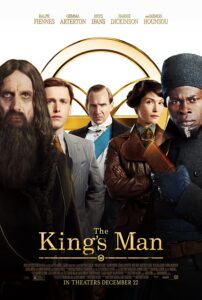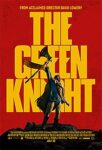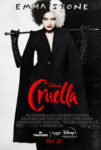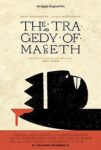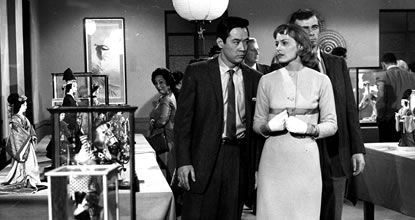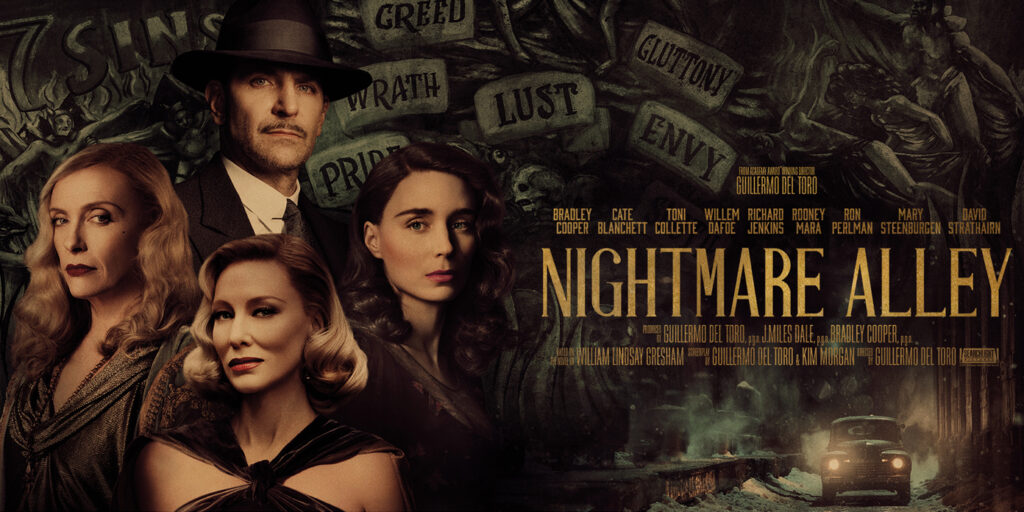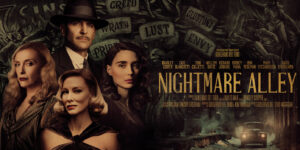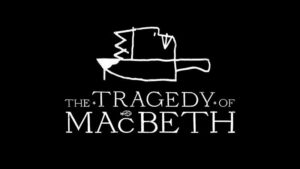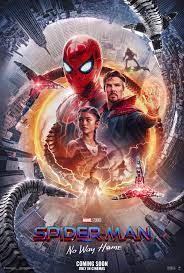2021 has been a rough year for theatrically releases feature films. While their box office takes gave improved over pandemic year one 2020 and Spider-Man: No Way Home sold enough tickets to pass the billion-dollar mark for it parents Sony and Marvel Studios other long-awaited movies failed to get close to a billion dollars or even make it into the top ten global box office earnings. I’m looking at you Dune and Black Widow, but that is not entirely fair because the global box office environment has changed. While Spider-Man‘s latest adventure clawed its way past a billion dollars close on its heels is a film that just squeaked past 900 million, a patriotic, crowd-pleasing, epic war movie that you’ve never seen and likely never heard of; The Battle at Lake Changjin.
Produced and distributed by and for the Chinese film market Lake Changjin tells the story of the  Chinese army’s entrance into the Korean War and the hardships, struggle, and heroism in pushing the American forces out of North Korea. (Note: Lake Changjin is known to Americans as Chosin Reservoir.)
Chinese army’s entrance into the Korean War and the hardships, struggle, and heroism in pushing the American forces out of North Korea. (Note: Lake Changjin is known to Americans as Chosin Reservoir.)
Naturally a film financed by the publicity department of the Chinese Communist Party as an element of celebrating the centennial of their founding is going to be patriotic and jingoistic, but I am not here to discuss the film’s historical accuracies or inaccuracies. Rather its existence and its massive financial score is what I am interested in today.
For the last few decades, the Chinese film market has been a vital component of the American studios global strategy. Large, action-filled, noisy, films that require minimal language and cultural translations have traveled well overseas and particularly in China. As recently as all the top ten global box offices films were American movies. This year three of those slots were occupied by Chinese produced feature films, the aforementioned The Battle at Lake Changjin, Hi, Mom and Detective Chinatown 3. (See, it’s not just Hollywood obsessed with IP and sequela.)
This is not just an effect of theaters stayed closed long the US due to pandemic restrictions, all three of the Marvel Cinematic Universe films released this year, Spider-Man: No Way Home, Black Widow, and Eternals were denied access to the Chinese market. The Chinese Communist Party, who in my opinion are now communist in name only, used American blockbuster to build their domestic market, invited productions to learn the trade, craft, and art, of film making, and now are closing that door confident and competent that not only can they fill their market with locally produced and ideologically approved features but that they will soon be positioned to challenge Hollywood’s century-long global dominance.
This is more than money. This is a prime vector for transmitting ideology, culture, and values. It may very well be our future will be influence by Chinese cinema over American.
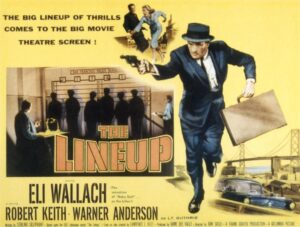 screenwriter Sterling Silliphant and directed by veteran filmmaker Don Siegal the movie plays like a larger budget television series episode which is understandable as it adapted from a TV and radio show of the same name.
screenwriter Sterling Silliphant and directed by veteran filmmaker Don Siegal the movie plays like a larger budget television series episode which is understandable as it adapted from a TV and radio show of the same name.
